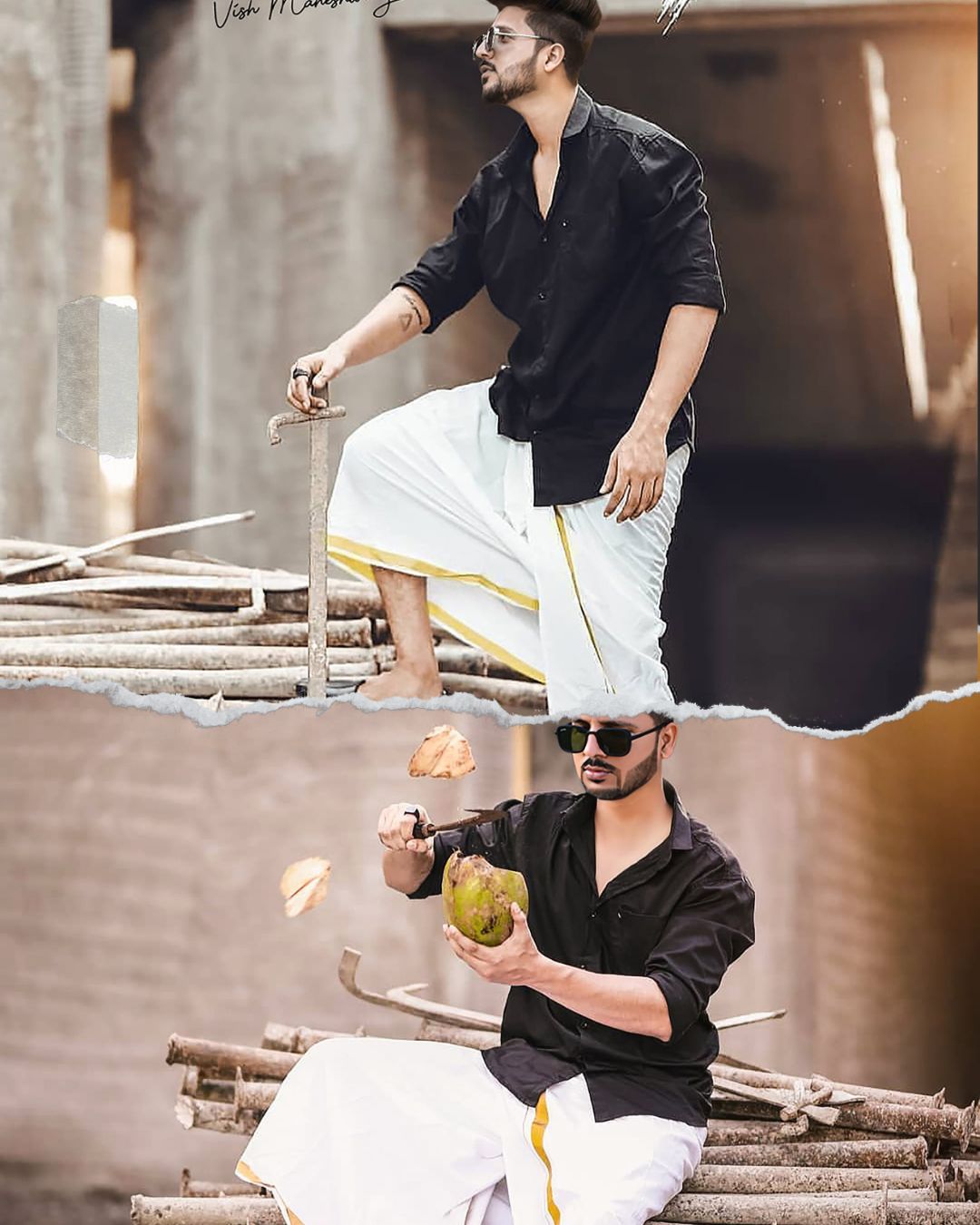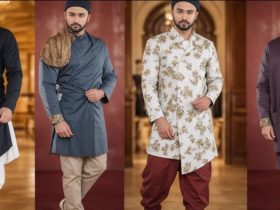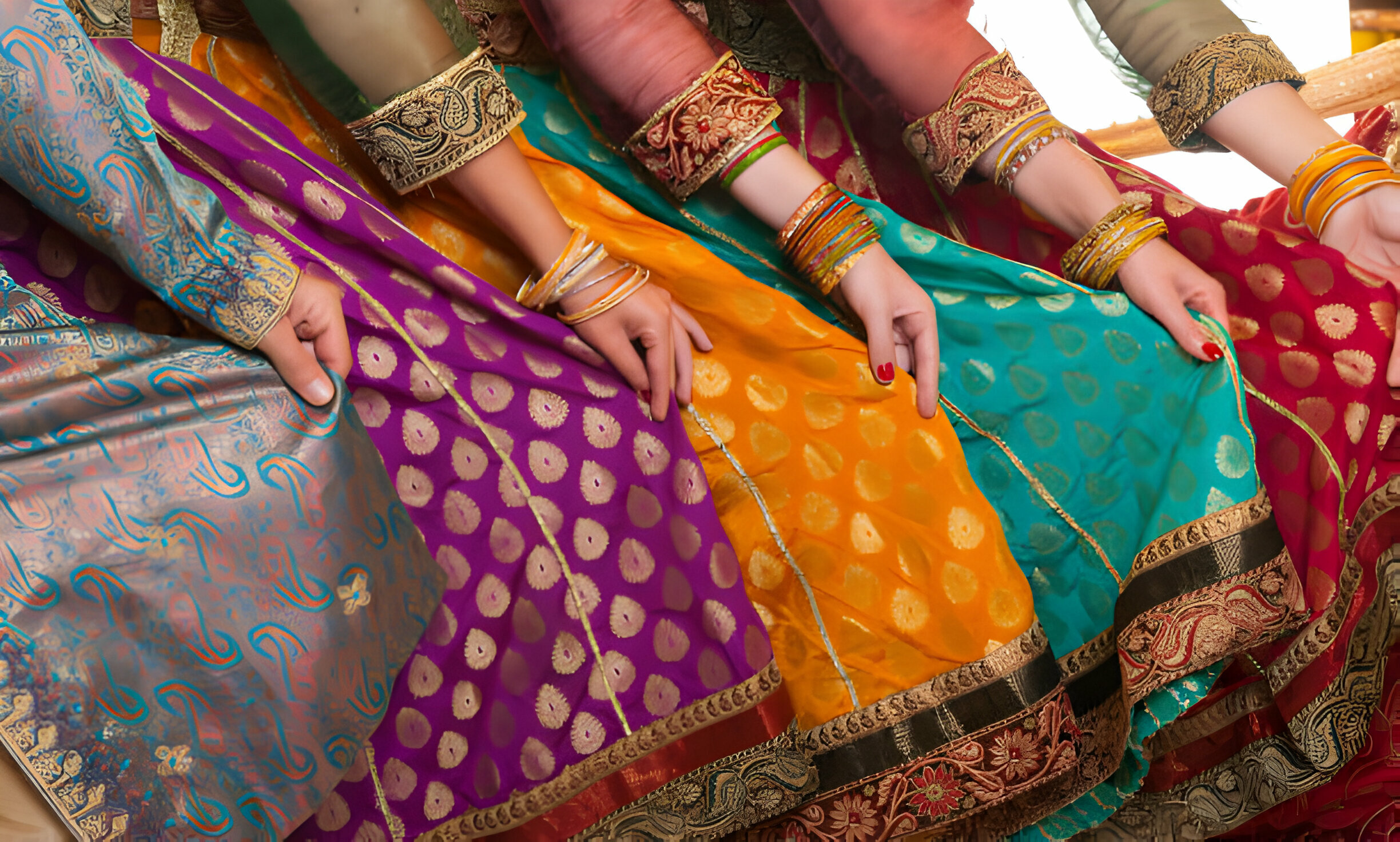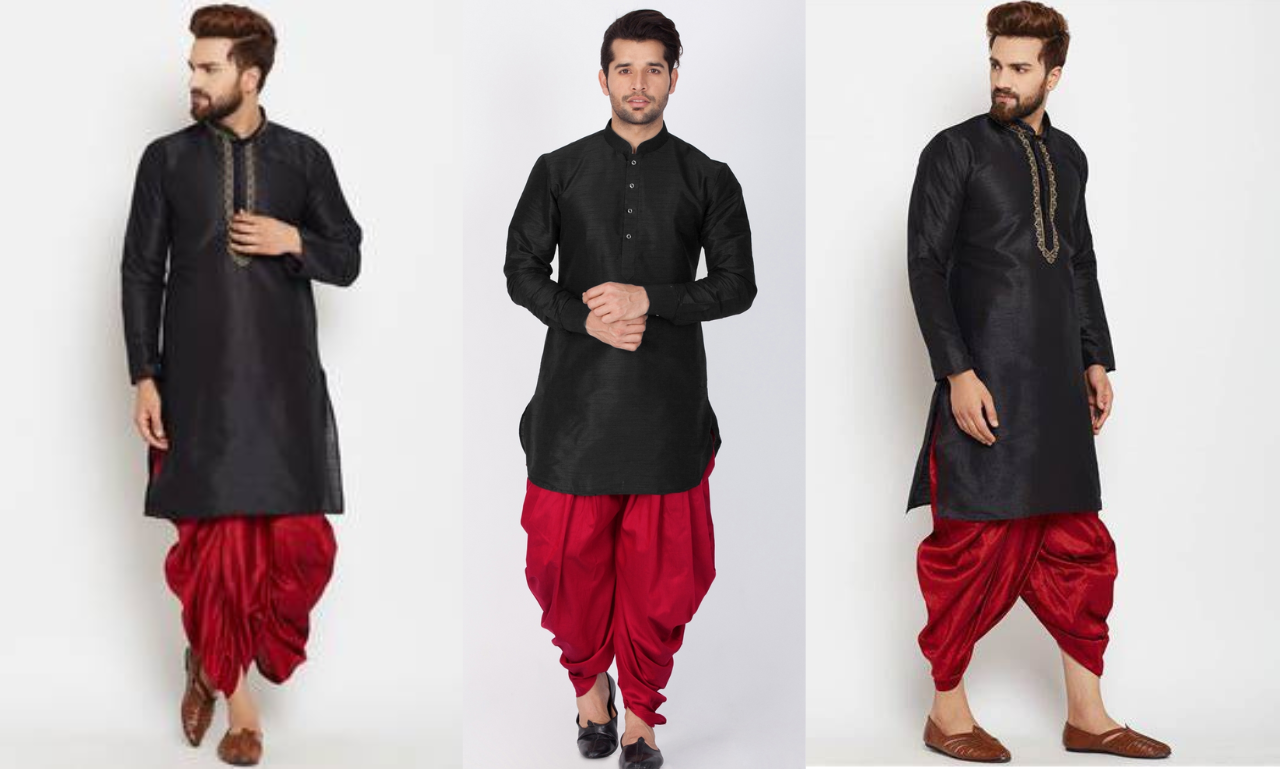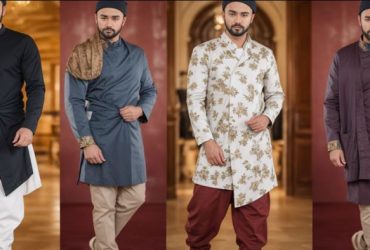The dhoti, a traditional garment worn by men in various parts of India, holds significant cultural and historical importance. It symbolizes the rich heritage and diversity of the country. Derived from Sanskrit, the term “dhoti” refers to a rectangular piece of cloth that is draped around the waist. Embraced for centuries, it is crucial to delve into the meaning and cultural context of this traditional attire.
In its essence, the dhoti represents a seamless blend of functionality and cultural expression. Traditionally made from cotton, this garment offers comfort and breathability, making it suitable for the warm Indian climate. Its versatility extends from daily wear to ceremonial occasions, showcasing the adaptability of this attire across different contexts.
Meaning Of Dhoti
Let’s define dhoti, it’s essential to grasp dhoti meaning and significance in various regions of the world . The word ‘dhoti’ encapsulates not just a piece of clothing but a reflection of cultural values and traditions. Understanding the regional nuances in the meaning of the dhoti unveils a tapestry of diverse practices and beliefs.
The cultural richness associated with the dhoti is exemplified in the way it is woven into rituals, ceremonies, and daily life. Each fold and tuck has a specific purpose, and the colors and patterns can vary, offering a visual representation of the wearer’s identity and social standing.
How To Wear Dhoti: How To Put Dhoti?
For those uninitiated, learning how to dhoti wear might seem like a complex task. However, breaking down the process into simple steps makes it accessible to everyone. From choosing the right fabric to executing the perfect draping, a step-by-step guide ensures a seamless experience in adorning this traditional attire.
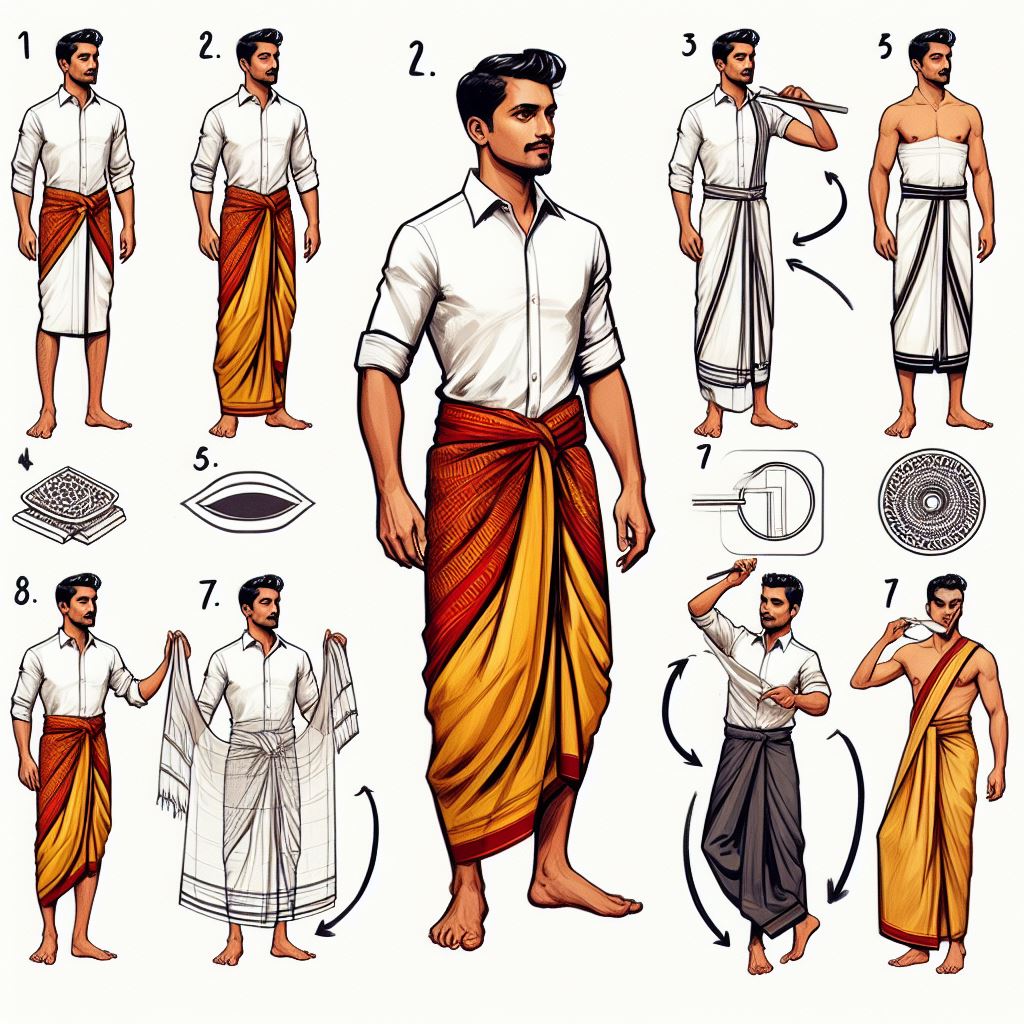
Begin by selecting a suitable dhoti, considering the occasion and personal preferences. The process involves folding, tucking, and securing the garment in a way that is both comfortable and aesthetically pleasing. Exploring the intricacies of this process allows for a deeper appreciation of the cultural significance embedded in each fold.
Art of Dhoti Draping: Techniques and Styles
Dhoti draping is an art in itself, with various regions boasting distinct styles and techniques. From the Mundu of Kerala to the Veshti of Tamil Nadu, each style reflects the unique cultural identity of the community. Dive into the detailed techniques involved in draping a dhoti, understanding the nuances that set each style apart.
The art of draping a dhoti goes beyond mere fashion; it is a living tradition that connects individuals to their roots. Through detailed explanations and visual aids, this section will demystify the intricacies of dhoti draping, encouraging a broader appreciation for the craftsmanship involved.
Unlocking the Mysteries of Ready-Made Dhotis
In a fast-paced world, ready-made dhotis provide a convenient alternative to the traditional hand-woven counterparts. Explore the evolution of ready-made dhotis, from their inception to the present day, and understand how they offer a balance between cultural authenticity and modern convenience.
Ready-made dhotis cater to a diverse audience, allowing individuals to embrace tradition without the time-consuming intricacies of draping a traditional piece. Delve into the manufacturing processes, quality considerations, and the evolving market trends surrounding readymade dhoti.
Defining Dhoti: A Cultural Encyclopedia
Beyond its physical form, the dhoti embodies a cultural encyclopedia, with each aspect conveying a story. From the choice of fabric to the way it is draped, every element defines the wearer’s identity and social standing. This section delves into the symbolic significance of the dhoti, unraveling the layers of tradition woven into its very fabric.
Understanding the multifaceted definitions associated with the dhoti requires an exploration of historical narratives, religious connotations, and societal norms. By defining the dhoti as more than just clothing, we unravel its role as a cultural artifact that transcends time.
From Ancient Roots to Contemporary Fashion
The dhoti’s journey through time reflects the dynamic nature of fashion and cultural expression. Trace the evolution of this traditional garment, exploring how it has adapted to changing trends while retaining its cultural essence. From ancient scriptures to the modern runway, the dhoti has emerged as a symbol of timeless elegance.
By examining the historical transitions and contemporary adaptations, this section provides insights into how the dhoti has withstood the test of time. It highlights the garment’s resilience and enduring appeal, showcasing its relevance in the ever-changing landscape of fashion and cultural identity.
Contemporary Perspectives on Dhoti
While deeply rooted in tradition, the dhoti continues to be a canvas for contemporary expression. Challenge stereotypes and explore how individuals are reshaping the narrative around this traditional garment. From gender-inclusive fashion to global influences, witness the dhoti’s journey in breaking free from conventional boundaries.
This section aims to spotlight individuals who are redefining the perception of the dhoti, encouraging a more inclusive and diverse representation of this cultural attire. By embracing contemporary perspectives, the dhoti remains a dynamic and relevant garment in today’s ever-evolving world.
Dhoti as Cultural Identity
Beyond its aesthetic appeal, the dhoti serves as a powerful symbol of cultural identity. Uncover the ways in which this traditional attire fosters a connection between the past and present, acting as a tangible link to ancestral heritage. Through personal stories and cultural anecdotes, understand how the dhoti continues to shape and preserve identities across generations.
The dhoti’s role in cultural preservation extends beyond its physical presence; it becomes a conduit for storytelling and heritage. By exploring the emotional and symbolic significance attached to the dhoti, we gain a deeper understanding of its impact on individuals and communities.
Conclusion
As we conclude our exploration, equip yourself with practical tips and tricks for mastering the art of wearing a dhoti. Navigate cultural etiquette, understand the do’s and don’ts associated with this traditional attire, and embrace the confidence that comes with adorning the dhoti with grace and authenticity.
This section serves as a comprehensive guide, summarizing the key elements discussed throughout the article. From cultural sensitivity to personal style, it aims to empower individuals to embrace the dhoti with a newfound appreciation for its cultural significance and timeless charm.

